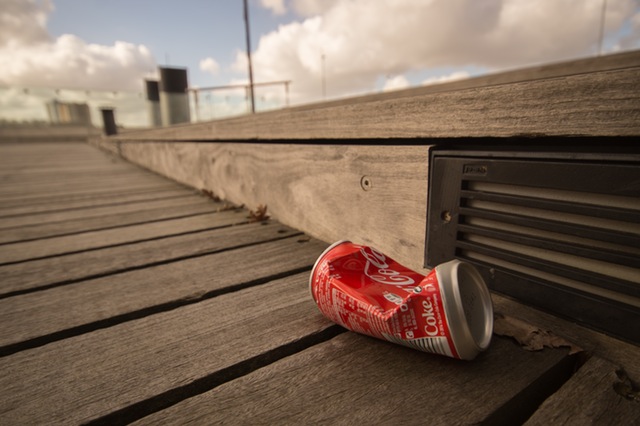Unveiling the Mystery: What Is That Gray Substance?
Have you ever come across a peculiar gray substance and wondered what it could be? You’re not alone. Many people encounter this mysterious material in various contexts, be it in their kitchens, garages, or outdoor spaces.
So, what exactly is this gray stuff? The answer can vary widely depending on where you find it. It could range from harmless substances like dust or mildew to more concerning materials such as mold or chemical residues. In certain cases, it may even be a sign of wear in construction materials or might indicate a need for repairs.
To help you identify what that gray material could be, consider the following questions:
- Location: Where have you found this substance? The context can provide significant clues.
- Texture: Is it powdery, fuzzy, or sticky? The consistency can help narrow down the possibilities.
- Odor: Does it have any discernible smell? Some substances emit specific odors that can aid in their identification.
If you’re still unsure about the nature of the gray material you’re dealing with, it may be wise to consult professionals who can offer further insights. In any case, staying informed will empower you to take appropriate action, whether it involves cleaning, remediation, or more extensive repairs.
Next time you encounter something gray and mysterious, remember these tips to uncover its true identity. Knowledge is key to ensuring a safe and healthy environment!
Share this content:




Understanding the Gray Substance: Insights and Recommendations
Great article! The identification of mysterious substances can sometimes be daunting, but your points are well-structured for narrowing down possibilities. To further assist with identifying that gray stuff, here are a few additional considerations:
Remember, while some gray substances may be benign, others could indicate deeper issues that should not be ignored. Consulting with professionals, as you suggested, can provide peace of